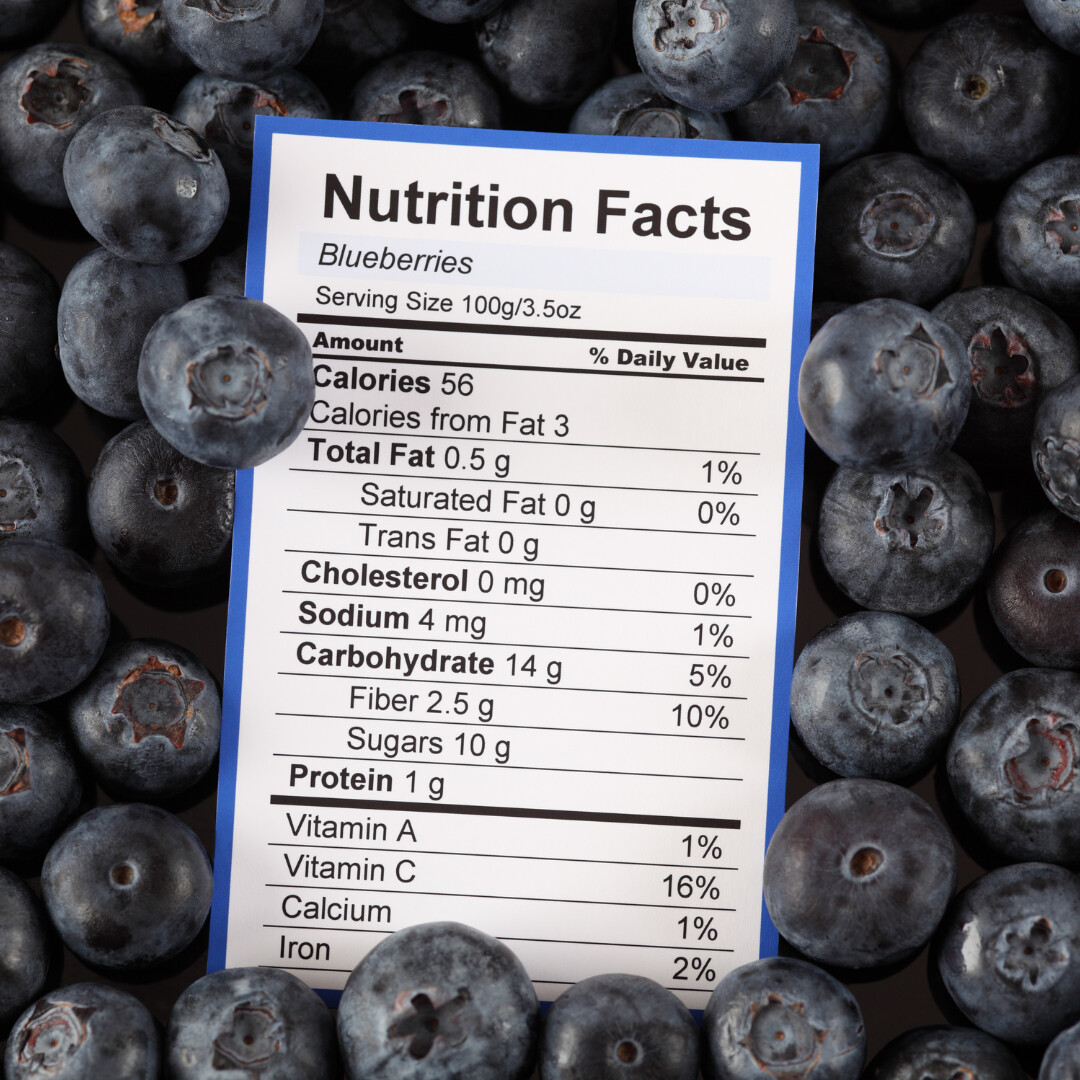
There are many laws and regulations that control what manufacturers can say in their labeling and what they have to include on food labels. And yet, there still are lots of ways that a manufacturer can target their ideal customer and be a bit misleading. Here are some things to be aware of when you are reading food labels.
Certifications
You may see the words "Non-GMO" on a label without the certification seal that verfies that it really is non-GMO. Or you may see other words such as "all natural", "pure", or "made with whole grains". Those phrases are not regulated and are simply marketing terms. They can lead you to buy a product that is not healthy for you. So remember to read the ingredient list which is listed in order of decreasing weight and look for harmful ingredients. You may also see things that look like a certification, like "Mom Approved", that are meangingless. Quality Assurance International, QAI, is a for profit 3rd party certification organization. Food producers pay it for certification, and therefore some believe those products may not be truly organic.
Dates
The Sell-by date is the last date that a product should be put on the shelf for purchase. After that date, the product is either thrown out, composted, or donated to a food bank. The Best-by date is the subjective last date for optimal flavor and quality. Use-by date is the last date the product is considered safe to consume. After that date, the product is considered potentially unsafe. Packaging or manufactured dates are more about quaility. For example, the best olive oils will have a manufactured date because younger oils are considered higher quality.
Percent Daily Value
An optimal diet contains high nutrient density. The percent daily value per serving can be found in the last section of the Nutrition Facts label. At a minimum, manufacturers must report the percent daily (DV) value of vitamin D, calcium, iron, and potassium. 5% DV is generally considered low and 20% or more is high. Fiber is important for your health and is also listed on the nutrition facts label. In general, look for products that are high in fiber and vitamins, low in sugar, and have zero trans fat.
Ingredients
In general, the first 3 ingredients on the label make up the majority of the product. The best foods contain healthy whole food ingredients at top of the list. Definitely avoid natural or artificial colors or flavors. Natural may sound good, but again, it can be anything. You want to see whole food names like beet powder and lemon juice. Because manufacturers don't want to put sugar at the top of the list, they often times will use smaller amounts of different types of sugar. So watch out for corn syrup and glucose, in addition to sugar. Also avoid any kind of hydrogenated and partially hydrogentated fat because they are inflammatory and take your body a long time to break down. Same with lard and shortening.
FDA Nutrient Content Claims
The Food and Drug Administration (FDA) allows manufacturers to use terms like "low fat" or "100% whole oats" if the product meets the specific nutritional thresholds that are defined for that claim. If you are trying to adhere to a certain type of diet, it may be helpful to review the claim requirements here or here. For example, if you want to consume a certain amound of fat per day, you may want to know that "low fat" means the product contains no more than 3g of fat per serving.
Did this help you? If so, I'd greatly appreciate it if you commented and/or share it on social media.

Email: sharonledwards@hotmail.com
Facebook: https://www.facebook.com/sharonledwardsbiz/
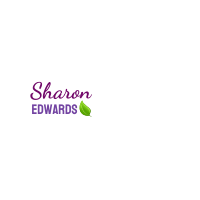



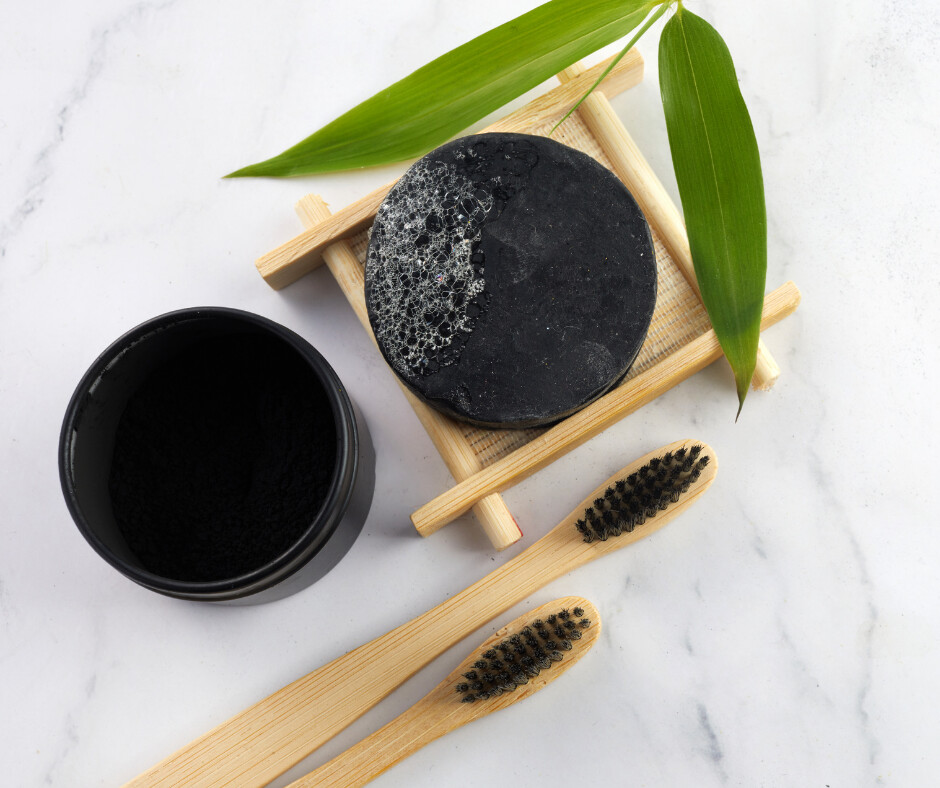

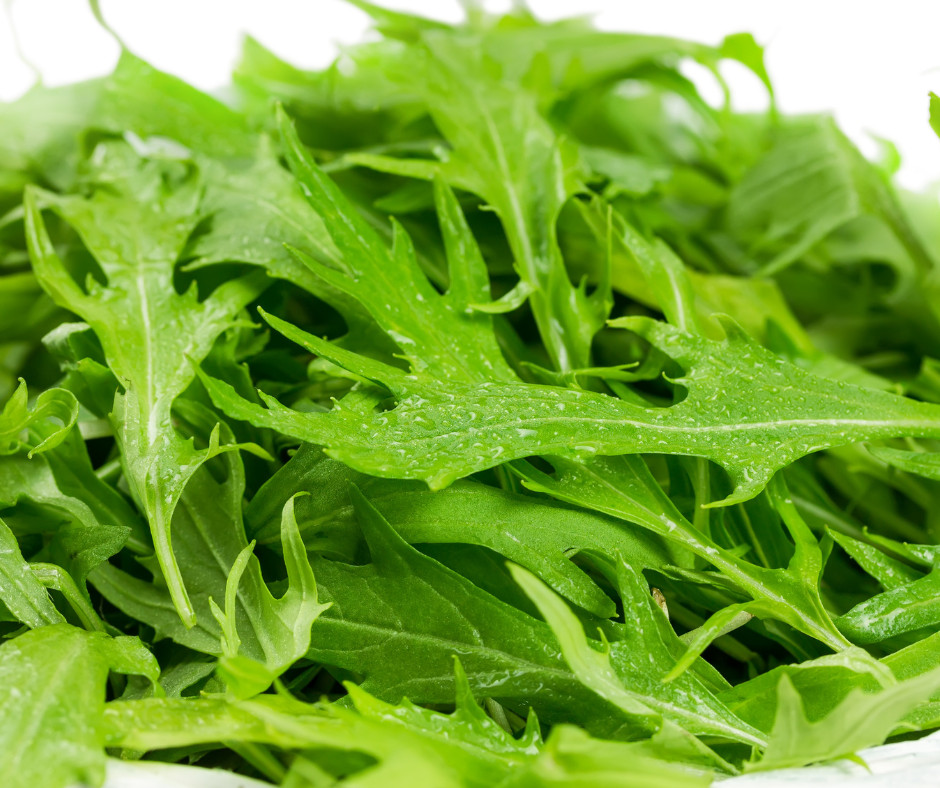

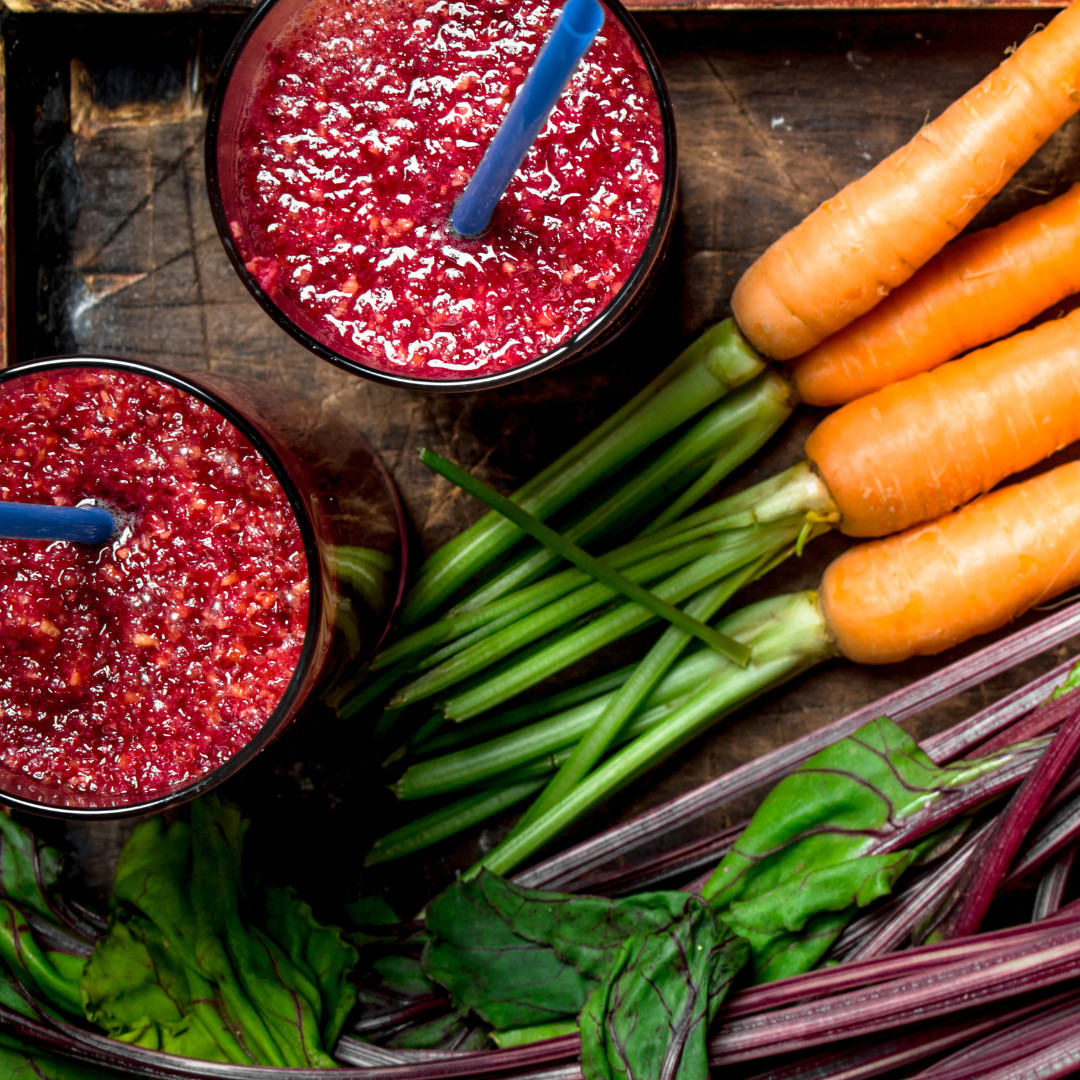
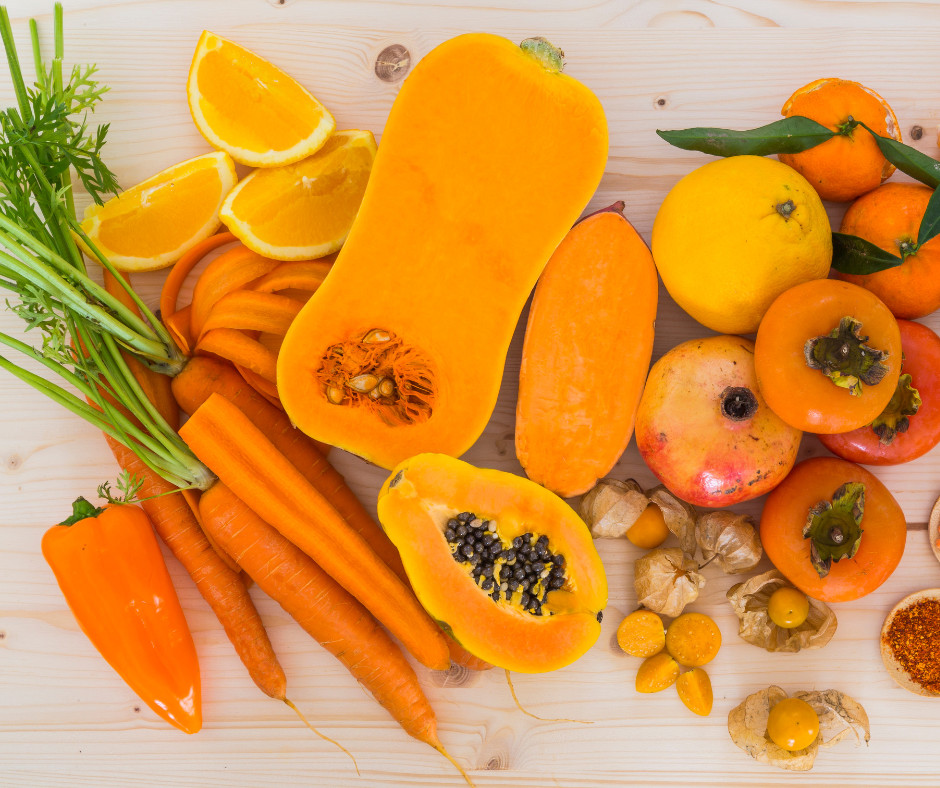

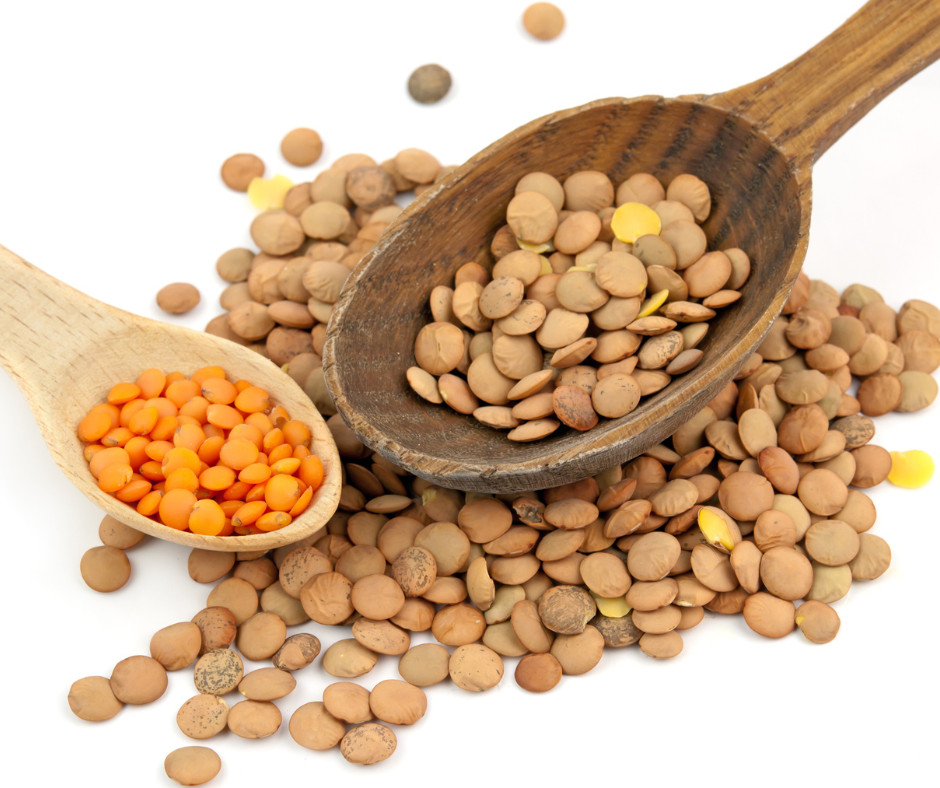
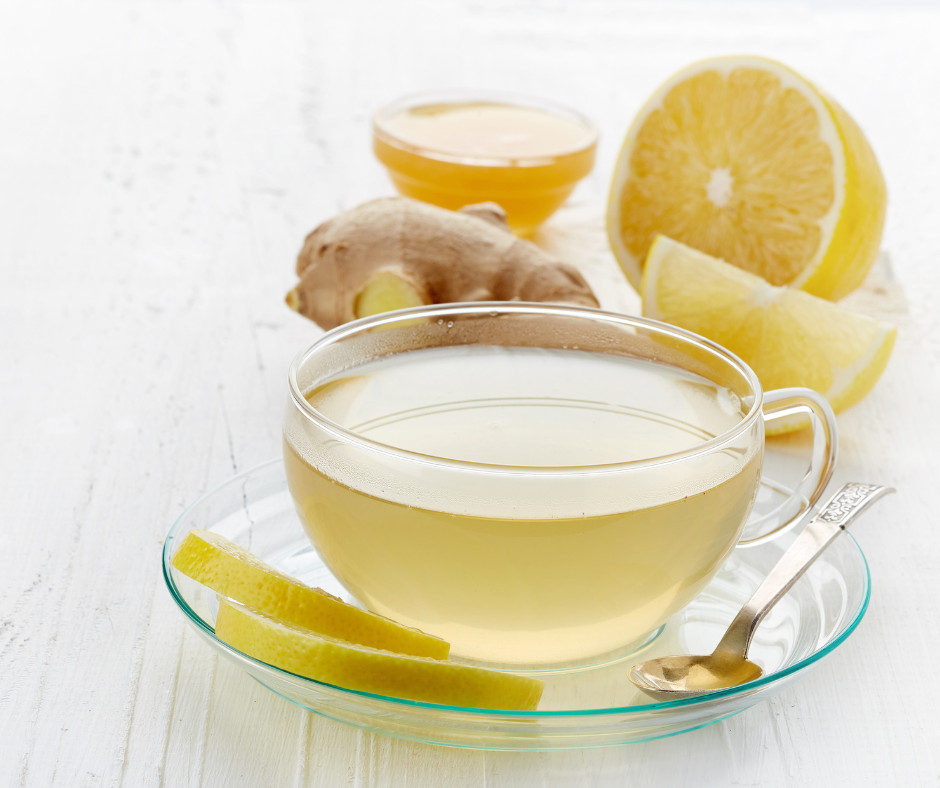
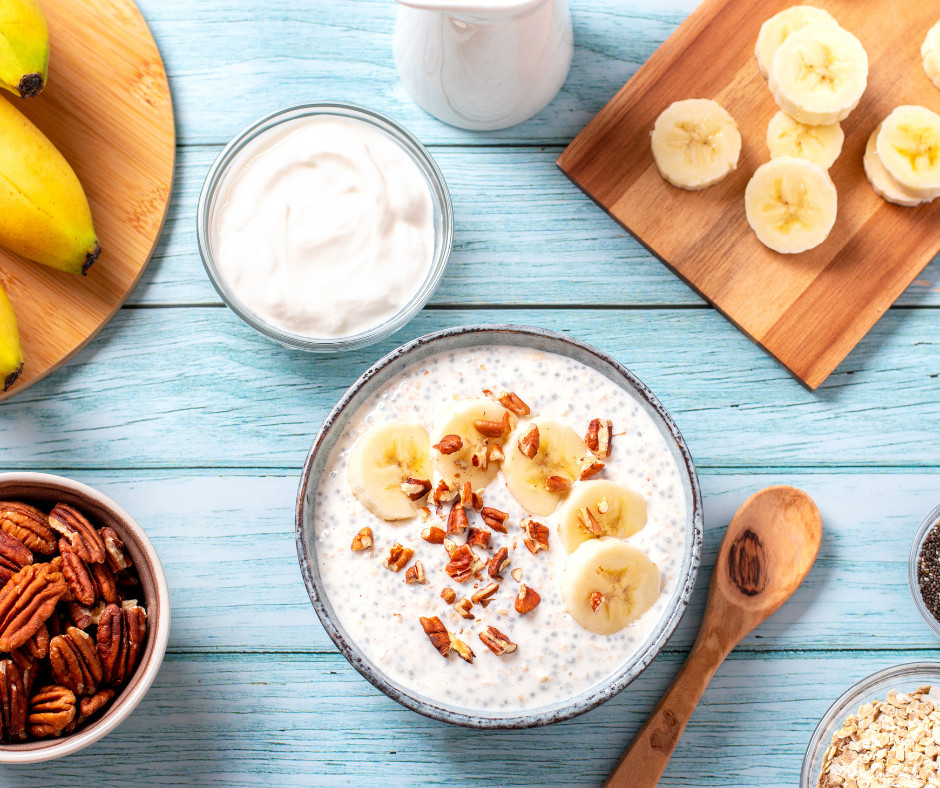




0 Comments